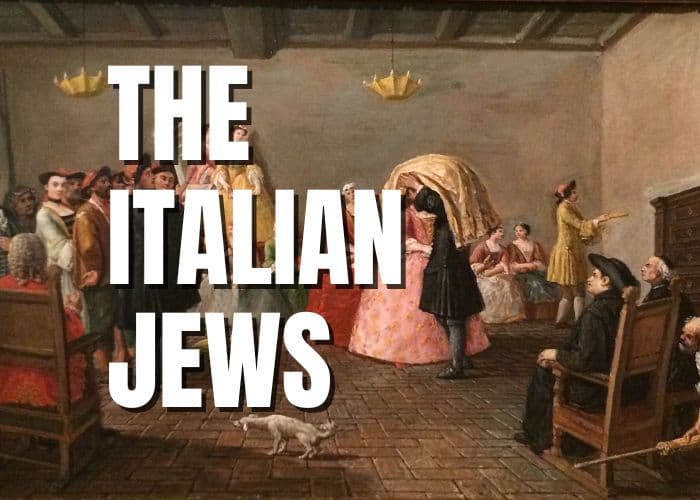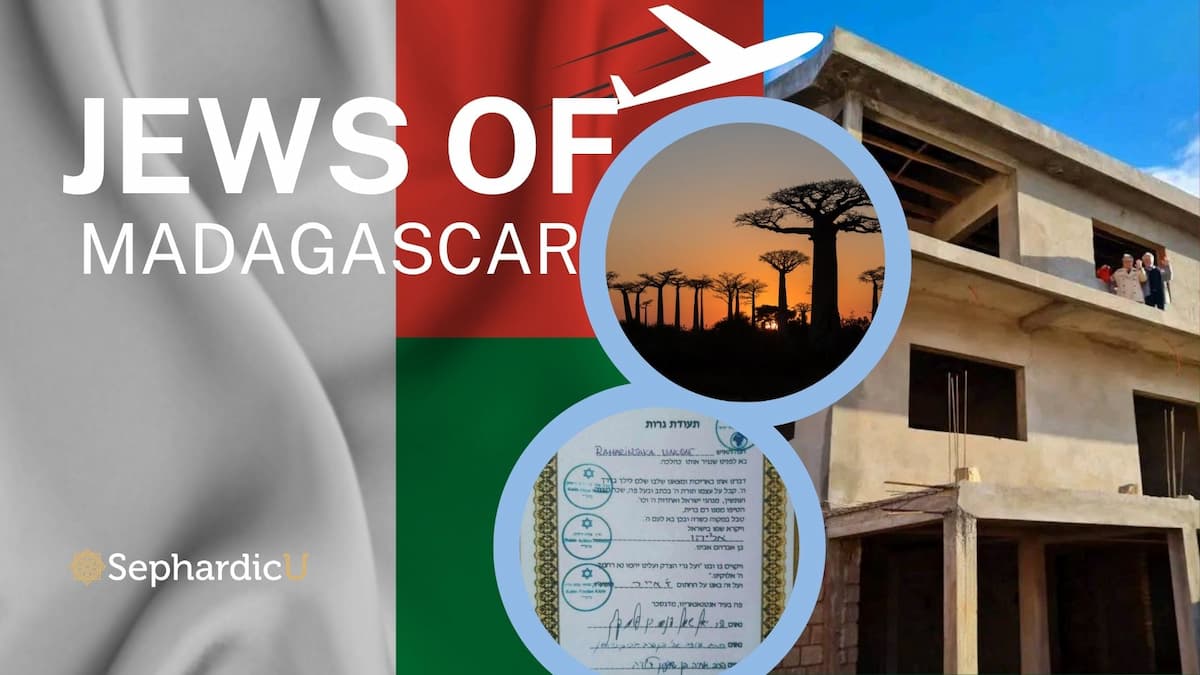The Sephardic Italian Jews are a unique community with a rich history and culture that dates back centuries. They are a group of Jewish people who settled in Italy after being expelled from Spain and Portugal in the 15th century. Today, they continue to thrive and maintain their traditions, cuisine, music, and religious liturgy. In this article, we will explore the history, communities today, culture, religious liturgy, and notable people and accomplishments of the Sephardic Italian Jews.
- History of the Sephardic Italian Jews
The history of the Sephardic Italian Jews can be traced back to the expulsion of Jews from Spain and Portugal during the Spanish Inquisition in 1492. Many of these Jews sought refuge in neighboring countries such as Italy, where they were welcomed by the local authorities. These Jews were known as Sephardic Jews, as they were originally from Spain and Portugal, and they brought with them their unique Sephardic culture and traditions.
The Sephardic Jews settled in various parts of Italy, including Venice, Livorno, Rome, and other major cities. They established thriving communities and played an important role in the economic and cultural life of Italy. They also made significant contributions to the fields of medicine, science, and philosophy.
During World War II, many Sephardic Jews in Italy were deported and killed by the Nazis. However, some were able to escape and immigrate to other countries, such as Israel and the United States. Today, there are still Sephardic Italian Jewish communities in Italy, Israel, and other parts of the world.
- Communities Today
Today, the Sephardic Italian Jewish community is relatively small, with an estimated population of around 20,000 people worldwide. Most Sephardic Italian Jews live in Israel, where they have established several communities in cities such as Jerusalem, Tel Aviv, and Haifa. There are also smaller communities in the United States, Canada, and Europe.
In Israel, the Sephardic Italian Jews have established several synagogues and cultural centers, where they gather to pray, study, and celebrate their traditions. They have also established organizations to promote Sephardic culture and to support the community.
- Culture (including music and cuisine)
The Sephardic Italian Jews have a rich and unique culture that is a blend of Sephardic and Italian traditions. Their music, cuisine, and language reflect this cultural fusion.
Music is an important part of Sephardic Italian Jewish culture, and traditional Sephardic melodies are often sung during religious ceremonies and festivals. Sephardic Italian Jewish music is characterized by its use of the Spanish and Italian languages, as well as traditional instruments such as the oud, a stringed instrument similar to a lute.
Cuisine is also an essential part of Sephardic Italian Jewish culture. Sephardic Italian Jewish cuisine is a blend of Italian and Sephardic Jewish culinary traditions. It includes dishes such as pasta with tomato sauce and cheese, stuffed artichokes, eggplant dishes, and other Mediterranean-inspired dishes. Sephardic Italian Jews also have unique dishes such as baccalà, a salted codfish, and cacio e pepe, a pasta dish with cheese and black pepper.
- Religious Liturgy
The Sephardic Italian Jews have a unique religious liturgy that reflects their Sephardic and Italian heritage. They follow the Sephardic rite, which is similar to the Ashkenazi rite but has some distinctive differences. Sephardic Italian Jews also use a unique liturgical language called Judeo-Italian, which is a blend of Hebrew and Italian.
The Sephardic Italian Jewish liturgy includes traditional prayers, such as the Amidah and the Shema, as well as unique Sephardic melodies and poetry. Sephardic Italian Jewish liturgy also incorporates the Italian language and customs, such as reciting special prayers for the Italian government and leaders during certain holidays.
One notable feature of Sephardic Italian Jewish liturgy is the use of piyyutim, which are liturgical poems that are recited during services. These poems often include complex rhymes and wordplay, and they are typically sung in a traditional melody. Piyyutim are an important part of Sephardic Italian Jewish liturgy and are often composed by members of the community.
- Notable People and Accomplishments
The Sephardic Italian Jewish community has produced many notable people who have made significant contributions to various fields. Here are a few examples:
- Rabbi Ovadia Yosef: A renowned Sephardic rabbi and religious leader who served as the Chief Sephardic Rabbi of Israel. He was known for his extensive knowledge of Jewish law and his influential rulings.
- David Levi: A Sephardic Jew from Livorno who was the first Jew to serve as a justice of a state supreme court in the United States. He served on the Supreme Court of the State of New York from 1792 to 1799.
- Isacco Newton: A Sephardic Jew who was a prominent physician and scientist in 18th-century Italy. He made significant contributions to the fields of medicine and biology and was a member of the Royal Society of London.
- Benedetto Marcello: A Sephardic Jew from Venice who was a composer and musician. He composed numerous works for orchestra and chamber ensembles and was also known for his literary works.
- Giuseppe Levi: A Sephardic Jew from Turin who was a physicist and professor at the University of Bologna. He made significant contributions to the field of nuclear physics and was a member of the Italian Physical Society.
Conclusion
The Sephardic Italian Jews are a unique community with a rich history, culture, and traditions. They have made significant contributions to various fields and continue to thrive and maintain their heritage today. The Sephardic Italian Jewish community is a testament to the resilience and perseverance of the Jewish people, and their story serves as a reminder of the importance of preserving cultural diversity and heritage.





Ohr HaChaim Yomi – Emor